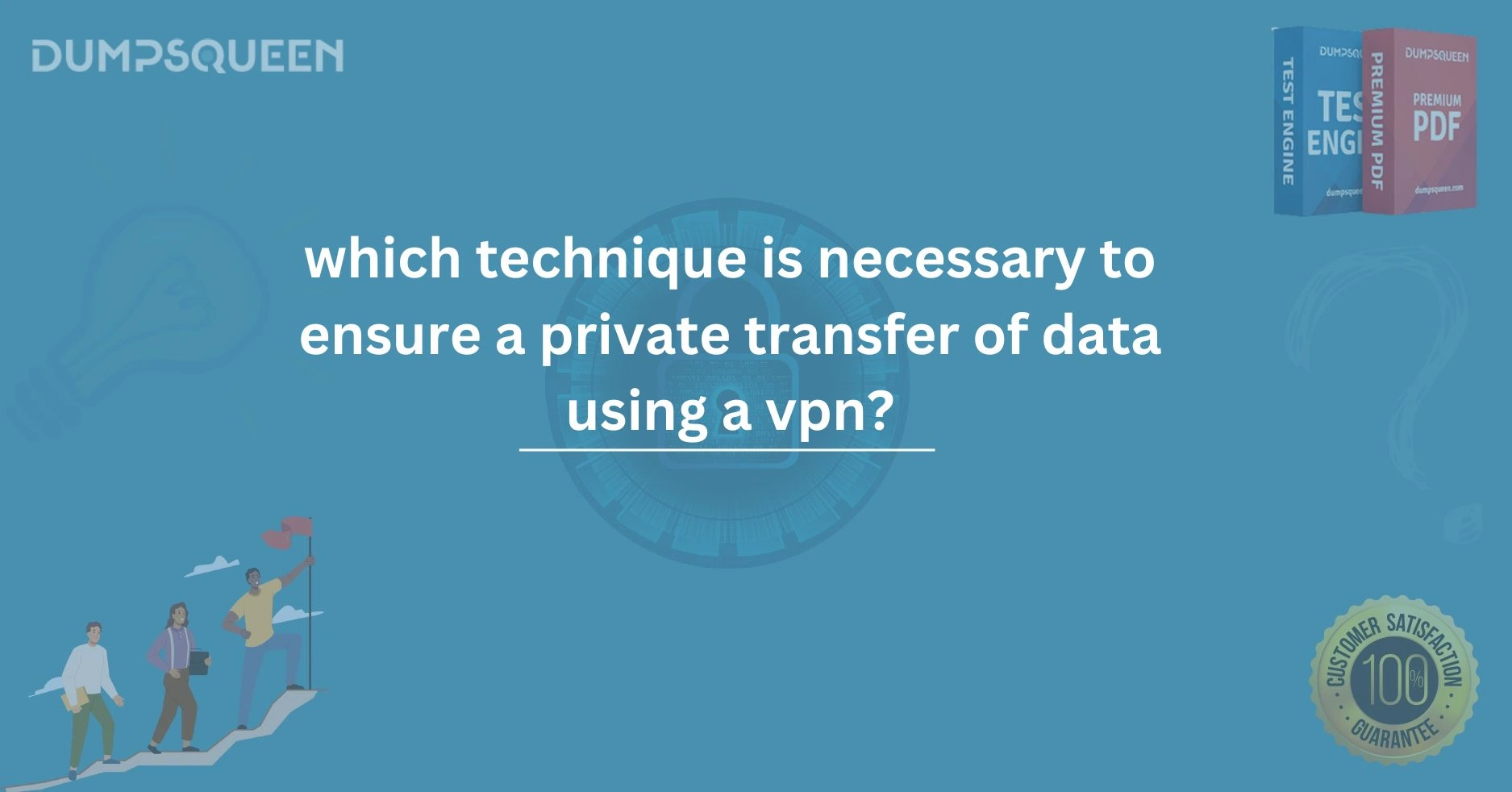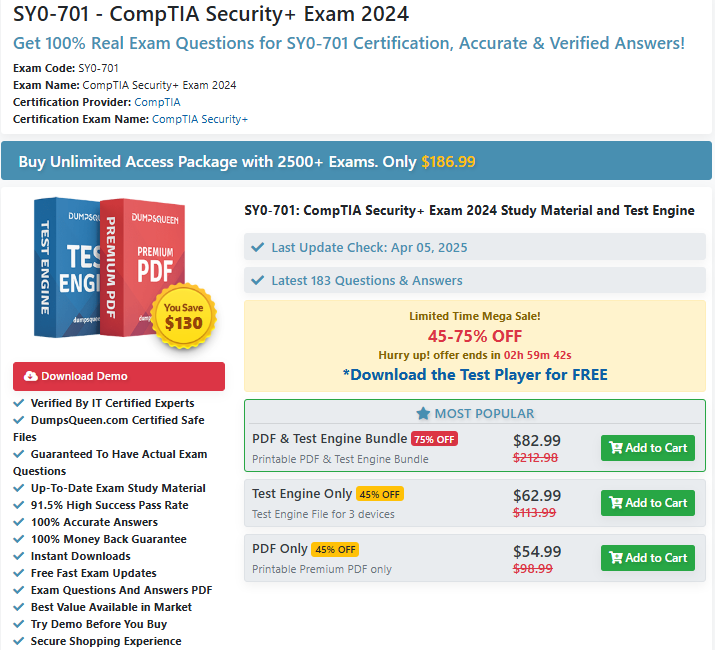Introduction
In today’s fast-paced digital age, ensuring the privacy and security of online data has become one of the most pressing concerns for individuals and organizations alike. With an increasing number of cyber threats, data breaches, and surveillance, maintaining confidentiality while transferring sensitive information has never been more critical. One of the most popular and effective ways to ensure a secure and private transfer of data is by using a Virtual Private Network (VPN).
A VPN creates a secure connection between the user and the internet, protecting data from hackers, government surveillance, and other third parties. But when it comes to using a VPN for secure data transfer, choosing the right technique is essential. Several techniques, such as encryption, tunneling protocols, and authentication methods, play a crucial role in safeguarding your online data. This article will delve into the various techniques necessary for ensuring a private transfer of data using a VPN, with an emphasis on how these techniques protect user data and privacy.
By understanding these methods, users will gain insight into how to make the most of their VPN services and ensure their data remains safe while in transit. Let’s explore the most important techniques that facilitate a secure and private VPN connection.
1. VPN Encryption: The Backbone of Data Privacy
Encryption is the first line of defense when it comes to securing data transferred over a VPN. It ensures that the data transmitted through the internet is unreadable to unauthorized individuals. The process works by converting readable data (plaintext) into an unreadable format (ciphertext), which can only be decrypted with the correct key.
The most commonly used encryption protocols in VPNs are AES (Advanced Encryption Standard), RSA (Rivest-Shamir-Adleman), and 3DES (Triple Data Encryption Standard). AES, particularly AES-256, is widely regarded as one of the most secure encryption methods available. It provides a high level of security while maintaining efficiency, making it the go-to encryption method for modern VPN services.
Using encryption ensures that even if your data is intercepted during transfer, it will be virtually impossible for the attacker to decipher it. This is particularly important when transferring sensitive information, such as financial transactions, login credentials, or personal details.
2. Tunneling Protocols: Creating Secure Data Pathways
When you connect to a VPN, your data is not sent directly to its destination. Instead, it is routed through a secure VPN tunnel that ensures the data is protected as it travels over the public internet. The method of constructing this tunnel is called tunneling. Different tunneling protocols offer varying levels of security, speed, and compatibility.
Some of the most popular tunneling protocols used in VPNs include:
-
OpenVPN: Known for its robust security features and flexibility, OpenVPN is an open-source protocol that supports high levels of encryption and is highly customizable. It is considered one of the safest protocols available.
-
L2TP/IPsec (Layer 2 Tunneling Protocol with Internet Protocol Security): Often combined with IPsec for added encryption, L2TP/IPsec provides a good balance between security and speed. It’s widely supported on various platforms, including mobile devices.
-
IKEv2/IPsec (Internet Key Exchange version 2): A fast and secure protocol, IKEv2 is often used for mobile devices because of its ability to quickly reconnect if the connection is interrupted.
-
WireGuard: A newer protocol that is gaining popularity due to its simplicity and performance. It offers strong security while being efficient and easy to deploy.
Each tunneling protocol has its own strengths, and the choice of which one to use largely depends on the user’s specific needs, such as the required level of security or the type of device they’re using.
3. Authentication Methods: Verifying the Identity of Users
Authentication is a key technique used to ensure that only authorized individuals can access a VPN network. VPN authentication methods verify the identity of users before granting access to the network, ensuring that the person accessing the data is who they claim to be.
There are several types of authentication methods commonly used in VPNs:
-
Password-based authentication: The simplest form of authentication, where users are required to enter a password before accessing the VPN. However, this method can be vulnerable to attacks like brute force or phishing if the password is weak or compromised.
-
Two-factor authentication (2FA): To improve security, many VPN services offer two-factor authentication. In this method, users are required to provide two forms of identification, such as a password and a one-time code sent to their mobile device. This adds an extra layer of security, making it much harder for unauthorized individuals to gain access.
-
Public key infrastructure (PKI): PKI uses cryptographic keys to authenticate users. The client has a private key, while the server holds the corresponding public key. Only users with the correct private key can connect to the VPN server.
Authentication is crucial because even if the data is encrypted, if unauthorized users can access the VPN, they can still cause harm by tampering with or intercepting data. Using multi-factor authentication and robust cryptographic methods ensures that only trusted individuals can access the network.
4. Perfect Forward Secrecy (PFS): Enhancing Long-Term Privacy
Perfect Forward Secrecy (PFS) is a security feature that ensures the confidentiality of past sessions even if a server’s private key is compromised in the future. It works by generating unique encryption keys for each session, meaning that even if an attacker gains access to the server’s private key, they cannot decrypt previously captured data.
PFS is particularly important for users who require long-term privacy protection. Without PFS, if an attacker compromises the server’s private key, they could decrypt any past communications that were intercepted. By enabling PFS, VPN services ensure that each session remains independent, protecting the integrity of data even if future breaches occur.
This feature is supported by most modern VPN protocols, such as OpenVPN and IKEv2/IPsec. It’s a highly recommended practice for anyone serious about protecting their data privacy over time.
5. Split Tunneling: Balancing Privacy and Performance
Split tunneling is a feature that allows users to decide which traffic goes through the VPN and which does not. It’s particularly useful for users who need to access certain websites or applications with higher speed (by bypassing the VPN) while still securing their other data with the VPN.
For example, if you’re streaming content on a platform that doesn’t require encryption, you can bypass the VPN for that specific traffic, ensuring faster speeds. At the same time, your sensitive data, such as banking information or login credentials, will continue to be protected by the VPN tunnel.
However, while split tunneling can offer performance benefits, it can also introduce risks if not properly configured. Users should be cautious and make sure that only non-sensitive traffic bypasses the VPN to prevent accidental exposure of sensitive data.
6. VPN Kill Switch: Protection Against Connection Drops
A VPN kill switch is a critical feature that automatically disconnects your device from the internet if the VPN connection is lost. This prevents your real IP address and unencrypted data from being exposed if the VPN connection drops unexpectedly. Without a kill switch, users could unknowingly transmit data without encryption, compromising their privacy.
This feature is especially important for users who are dealing with highly sensitive information, such as corporate data or personal financial details. A VPN kill switch ensures that the user’s data remains protected at all times, even during connection failures.
Conclusion
Ensuring the privacy and security of your data during transfer is not a one-step process; it involves employing a combination of techniques to protect sensitive information. Using a VPN is one of the most effective ways to safeguard data from unauthorized access and cyber threats. The key techniques to ensure private data transfer using a VPN include strong encryption, secure tunneling protocols, effective authentication methods, and the use of additional security features such as Perfect Forward Secrecy and VPN kill switches.
By understanding and implementing these methods, you can significantly reduce the risk of data breaches and enjoy a more secure online experience. Remember, choosing a reliable VPN service and regularly updating your security settings is essential for maintaining privacy in today’s interconnected world.
Free Sample Questions
Q1: Which VPN encryption method is most commonly used for securing data transfers?
A. 3DES
B. AES
C. RSA
D. SHA-256
Answer: B. AES
Q2: What is the purpose of a VPN kill switch?
A. To increase the speed of the VPN connection
B. To prevent data leakage if the VPN connection is lost
C. To authenticate users
D. To bypass regional restrictions
Answer: B. To prevent data leakage if the VPN connection is lost
Q3: Which tunneling protocol is considered the most secure for VPN use?
A. WireGuard
B. L2TP/IPsec
C. OpenVPN
D. PPTP
Answer: C. OpenVPN




